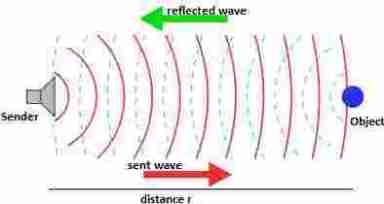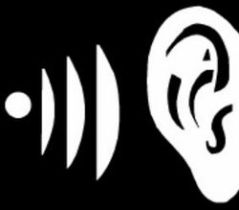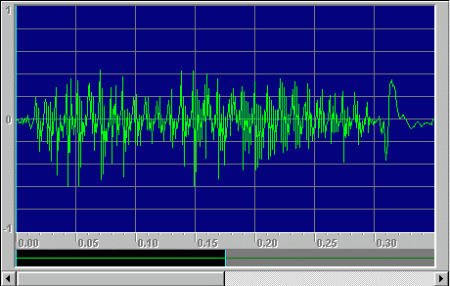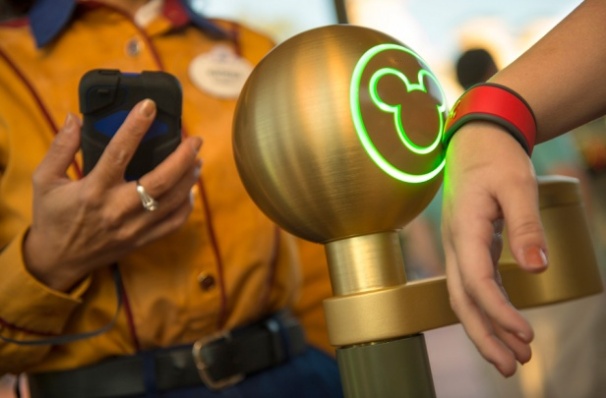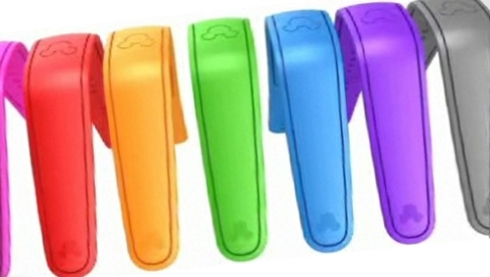a map of the seafloor created using sonar technology
A great example of computer science at work with other types of engineering is sonar technology. Sonar is found naturally in animals such as bats and sea creatures used to map out an environment that cannot be observed otherwise. It has been emulated by machines such as submarines to do exactly that. However, I believe that the technology can be taken further. Sonar could be used in acoustical modelling as well, scanning a room and mapping the room out, creating acoustic optimization. But first, it is important to have a full understanding of sonar.
Sonar stands for SOund Navigation And Ranging. The first sonar device was created in 1906, however, the theory behind it was being experimented with as early as 1822. There are two types of sonar: active and passive. Passive sonar is used to receive sounds not made by the device and therefore would not be useful in mapping out a room.
Active sonar works by transmitting a sound or “ping” that is emitted from the sonar device. When this “ping” hits an object, it reflects off of the object in many directions, including the direction back towards the device. Sonar technology records the time it takes for the sound to return thus measuring distance. For long distances, active sonar uses a lower pitch, which travels longer and resonates louder. In terms of measuring a room, the sonar device could ask the user to input a generalization of the room dimensions to determine what type of frequency should be sent out.
There is a seafloor mapping sonar technique that would be optimal for mapping out a room called Multibeam sonar. This sends out multiple “pings” while the device moves to create a full map of the seafloor. This can be used in a similar way to map out each wall of a room, in case the room is in an odd shapes with walls that have windowsills or other inconsistencies. There is also Side Scan sonar that scans the ocean floor for objects that protrude from the ground. Side scan sonar continuously records the echoes produced and creates a sound picture of the sea floor. When the echoes are strong, it means that they are from hitting something hard. This is portrayed by a dark spot on a map. Contrastingly, when something is soft, the echoes are weak, and the spots on the map are light in shade. This can be used if the user has a bed or other furniture that they will not be removing from the room to show how to properly adapt the environment to create optimal sound.
It is important to note that if sonar were to be used for mapping out a room for acoustical optimization, the technology would have to be modified to an air medium as opposed to water. This has already been somewhat accomplished by topographers who use sonar to map out land, however, it may need to be modified for an indoor environment.
Sonar is a developed technology that has helped in various aspects of life. It is adaptable and it can be modified to fit many needs, such as mapping out a room for acoustic optimization.


